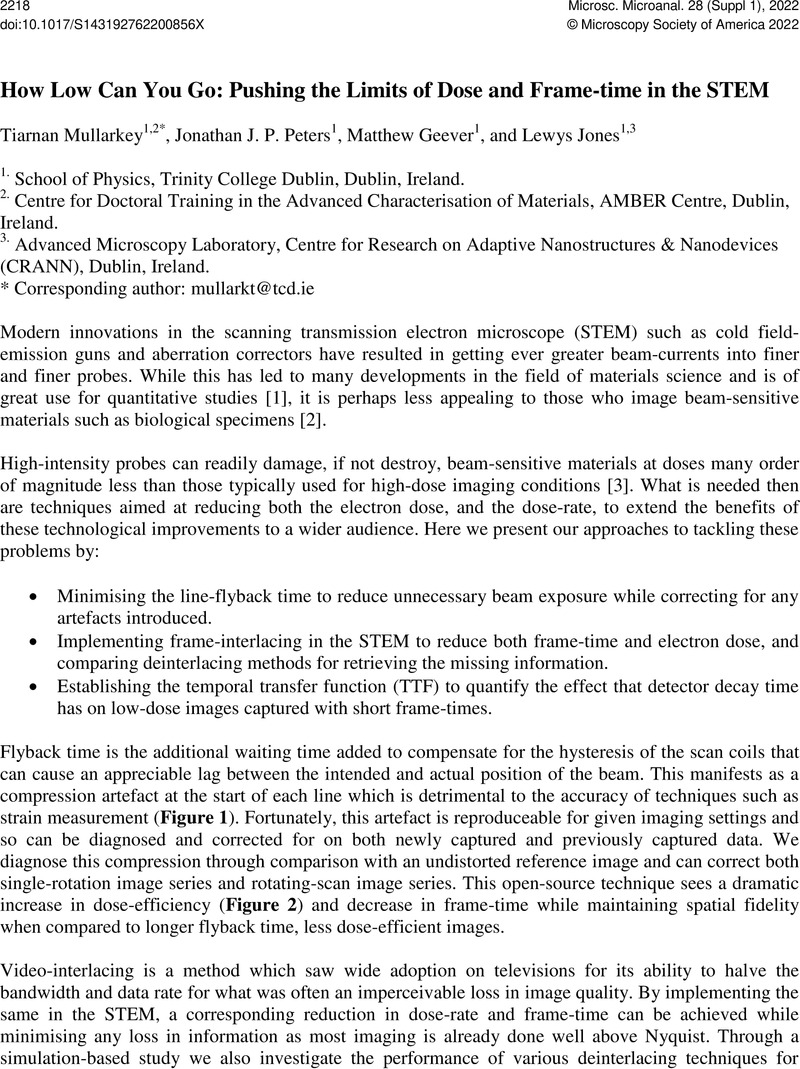Crossref Citations
This article has been cited by the following publications. This list is generated based on data provided by Crossref.
Bekkevold, Julie Marie
Peters, Jon J P
Mullarkey, Tiarnan
and
Jones, Lewys
2023.
Retrofitting and Reconfiguring Existing Microscopes for Digital DPC: an Accessible Approach to Low-Dose Phase Mapping.
Microscopy and Microanalysis,
Vol. 29,
Issue. Supplement_1,
p.
1878.






